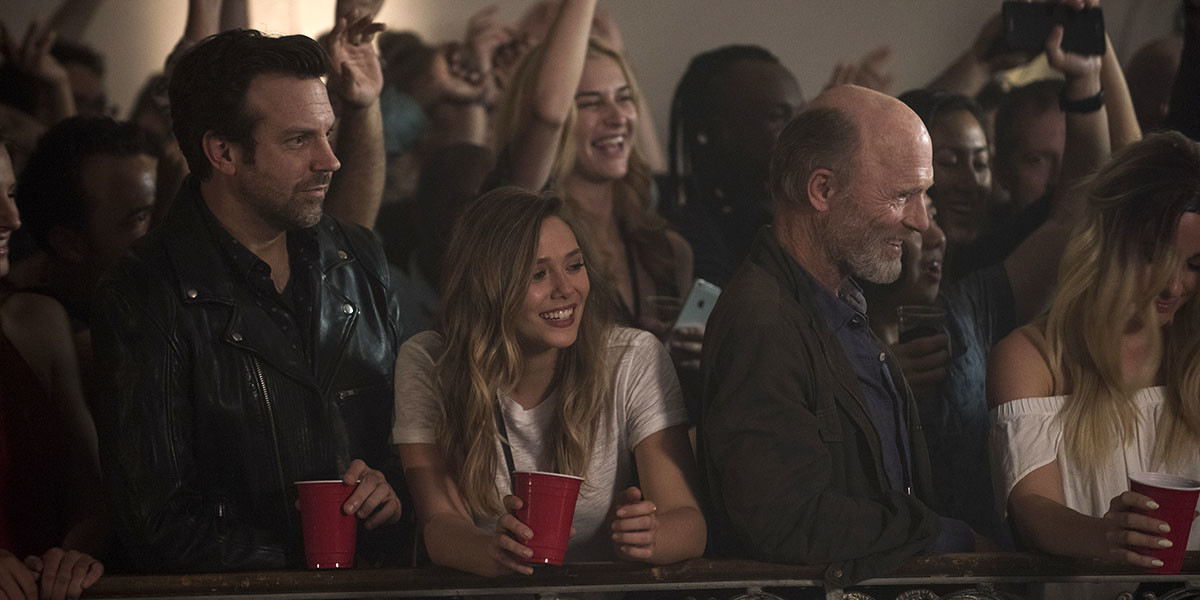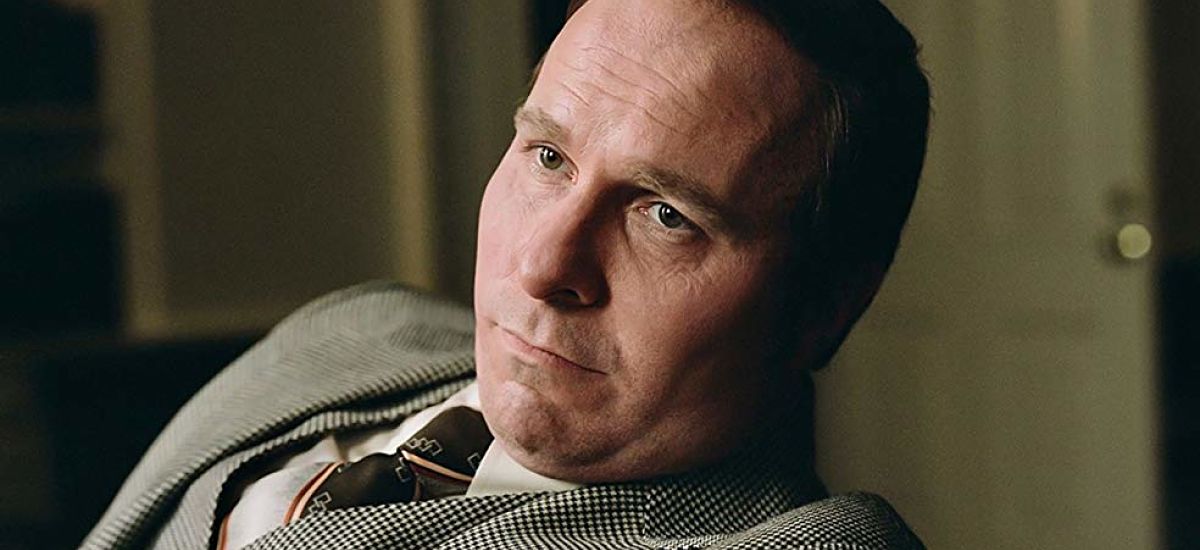Viewers of the new Netflix original movie Kodachrome need to utilize some suspension of disbelief. There are no superheroes or extraterrestrials, but what happens is just as unrealistic. While driving full speed on a highway, in an open convertible, the three main characters have a lengthy soft-spoken conversation. For those who have spent any time in an open vehicle at any speed, anything softer than a shout is completely pointless.The vehicle could have transformed into Megatron and it would have been the second most bizarre thing happening on screen.
Sure, this is a nitpick, but it is also an example of Kodachrome going out of its way to be quiet and unassuming. Director Mark Raso commands a thoughtful camera, even at the expense of the movie’s pace.
Matt Ryder, played by a leather-jacketed Jason Sudeikis, is an underachieving record label employee who has not seen his famed photographer father in years. Ed Harris plays the father, who is dying from terminal cancer. The ever-charming Elizabeth Olsen is his full-time nurse. Olsen’s Zoe Kern informs Matt of his father’s illness and his one last mission: to take a road trip to rural Kansas to develop photos.The small town was the last place in the world to process Kodachrome pictures, and Harris had one lost roll of shots that he wanted to be developed.
Matt and Ed Harris’s Ben are not on good terms. Matt almost immediately calls his father a prick even before he got the cancer, and he does not even agree to go on the trip until he discovers that he could save his job.
The premise is set, it does not take a cinephile to guess exactly what happens. How do the relationships between the three people develop? What is on that last roll of film? All movies are predictable to some degree, but Raso’s perspective on familial relationships or road trips is not original. In this road trip movie, Raso takes no detours or secret highways.
If Kodachrome’s predictability is its worst feature, its round edges are close behind. Sudeikis, who is known for his quick wit, is given nothing to work with. The jokes and the insults in the script are as bland as Sudeikis’s earth-toned wardrobe. The film tries to discuss the passage of time and the challenge of forgiveness, but every meaningful conversation ends before actually getting to the point.
If the title doesn’t already give this away, Kodachrome fetishizes the past. The hipster trio live in the 21st century but throw away their GPS, discuss vintage rock bands, and rifle through vinyl records. Matt actually admits that he has ”a tendency to live in the past rather than embracing the present.”
The movie completes its indie aesthetic by playing a soothing indie song whenever:
- A character decides to stare contemplatively into the distance
- The trio drive somewhere
- A character decides to stare contemplatively into the distance while driving somewhere
Fans of the music genre might like Kodachrome, but it never allows the movie to build any momentum. Momentum does not always mean speed; in this case it gives the audience too many chances to exhale and think about something else, making for a less compelling story.
Kodachrome is not a terrible movie. The three talented actors perform the material well (even though Sudeikis and Olsen both had much better movies last year in Colossal and Wind River, respectively). The look itself is beautifully rugged (because it was shot on 35mm Kodak film), and there are a few decently executed emotional moments. Unfortunately, the predictably steals all of its dramatic weight. The story, like the setting, feel too familiar and well-traveled. A GPS is not needed because the viewer already knows the destination.



